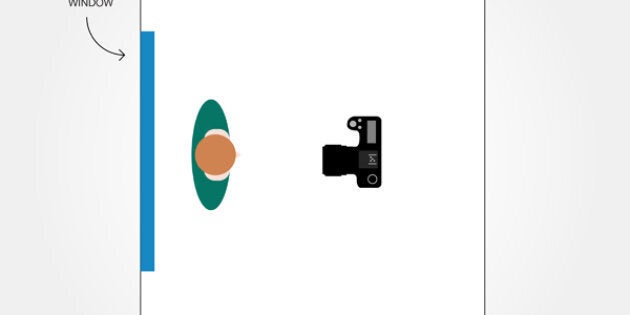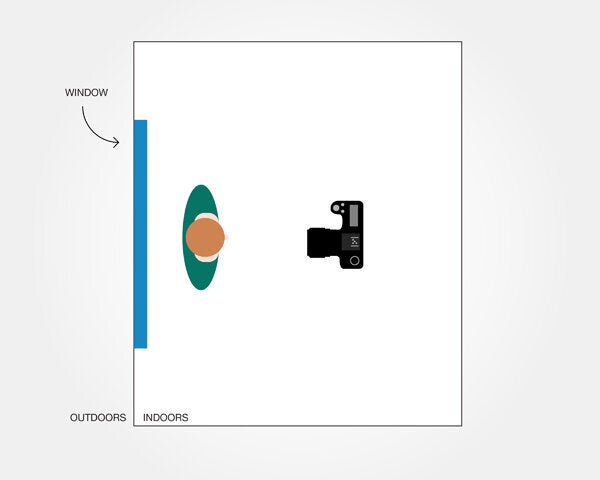
Our eyes are pretty amazing -- we can see a lot of light and a lot of darkness all at the same time. For example, when we are outside on a sunny day, our eyes can see both grass that is glistening in the sun, as well as the grass that is in the shade from a large tree. Our eyes have the ability to quickly adjust and allow us to see both the bright grass and the darker grass at the same time.
Cameras aren't the same way, unfortunately. If we're using the camera in a manual mode, we have to choose one or the other. If we're using the camera in an automatic mode, the camera will choose one or the other. It will either see something that is really bright (for example, the grass that is being hit by the sun) or something that is really dark (for example, the grass that is in the shade) but not both.
When your camera exposes correctly for the grass that is being hit by the sun, whatever is in the shade will appear very dark or possibly even completely black. When your camera exposes correctly for the grass that is in the shade, whatever is being hit by the sun will appear very bright or possibly even completely white.
A common scenario that we're faced with when photographing indoors is using windows in our pictures.

The diagram above shows what we often do first when photographing in a room with a window -- we try to put our subject right in front of the window, and take the picture with the camera pointing towards the window. Knowing now that our camera cannot possibly expose for both the subject that is indoors and the background that is outdoors, it poses a bit of a challenge for our camera. What the camera will likely do is expose for the bright outdoors, and put the subject in complete darkness. This obviously is not what we want for the picture.
The best way to make this scene work for your picture is to move so that the window is beside you, and turn your subject to face you, as we have done in this diagram.

Now, the window will be beside your subject, and will nicely light them. You also won't have something significantly brighter in the background now, and so you will end up with an evenly lit portrait.
Quick re-cap -- when photographing indoors, avoid putting your subject between you and a window. Instead, put the window beside both you and your subject.
Here's our Picture Primer YouTube tip explaining this technique, visually.
Hope that you enjoyed today's tip... until next time, happy snapping!